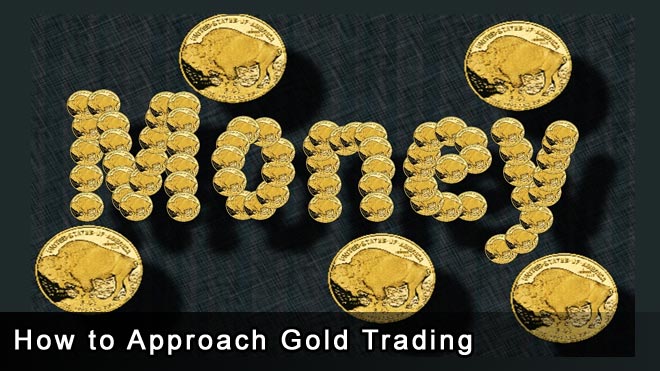There’s no doubt that the price of gold has fluctuated wildly during the last 12 months, thanks largely to the impact of coronavirus and global lockdown measures.
Currently, gold is showcasing increasingly bullish trends, as it continues to benefit from a persistent drop in US Treasury yields. More specifically, returns on 10-year US debt remain below 1.60%, with the price of gold reaching $1,777.45 on April 18th (from a low of $1,683.95 back on March 30th).
In this post, we’ll look at the core advantages of trading gold, while asking what drives price movements and how you can approach the asset class.
Read Also: Your Quick Guide to Business Data Storage Solutions
What Drives Gold Trading?
Through history, it has been observed that the price of gold tends to increase during times of economic tumult and uncertainty. This was certainly the case last year when the value of gold broke through the coveted $20,000 mark in August after months of national lockdown measures.
Conversely, the value of gold slumped during the fourth and final quarter of 2020, as the Asia-Pacific region saw coronavirus cases dwindle while economies began to open across the globe.
The reason for this correlation is simple; gold can act as a genuinely secure store of wealth, thanks to its capacity for being bought and sold as a physical asset. This means that investors can commit more of their capital to gold as the economic climate worsens, with this likely to appreciate in value over time until positive sentiment returns to the marketplace.
Aside from this, the basic law of supply and demand remains the core driver of gold trading on a global scale. In fact, half of all global demand is driven by jewellery production, highlighting gold enduring industrial value and primary function as a precious metal.
Unsurprisingly, geopolitical events also impact on the real-time value of gold. Certainly, global conflicts create volatility in the marketplace, causing the demand for gold to rise and triggering a continued price increase over time.
The Advantages of Gold Trading and How to Approach the Market
Interestingly, factors such as supply and demand, geopolitics, and basic market conditions should also shape and inform your gold trading strategy, so it’s important to keep these considerations in mind when managing your assets.
To achieve this, you should complete a MetaTrader 4 download through your online brokerage site. This will afford you access to both real-time news feeds and core analytical tools, allowing you to make informed decisions that are grounded inaccurate statistics.
Aside from offering a secure and tangible store of wealth, the main advantage of gold trading is the asset’s hedging ability against inflation. Remember, gold retains its purchasing power even during extended periods of inflation, in the same way that it stands its ground as national and global recessions take hold.
However, there are potential downsides to trading gold. As we’ve seen throughout 2020, gold is definitely prone to periods of volatility, particularly during times of economic uncertainty and fluctuation. This means that there’s a sustained risk of losing money, especially for investors who maintain a short-term outlook.
There’s a cost to trading gold as well, with derivative products such as exchange traded funds (ETFs) likely to come with brokerage and commission fees.








